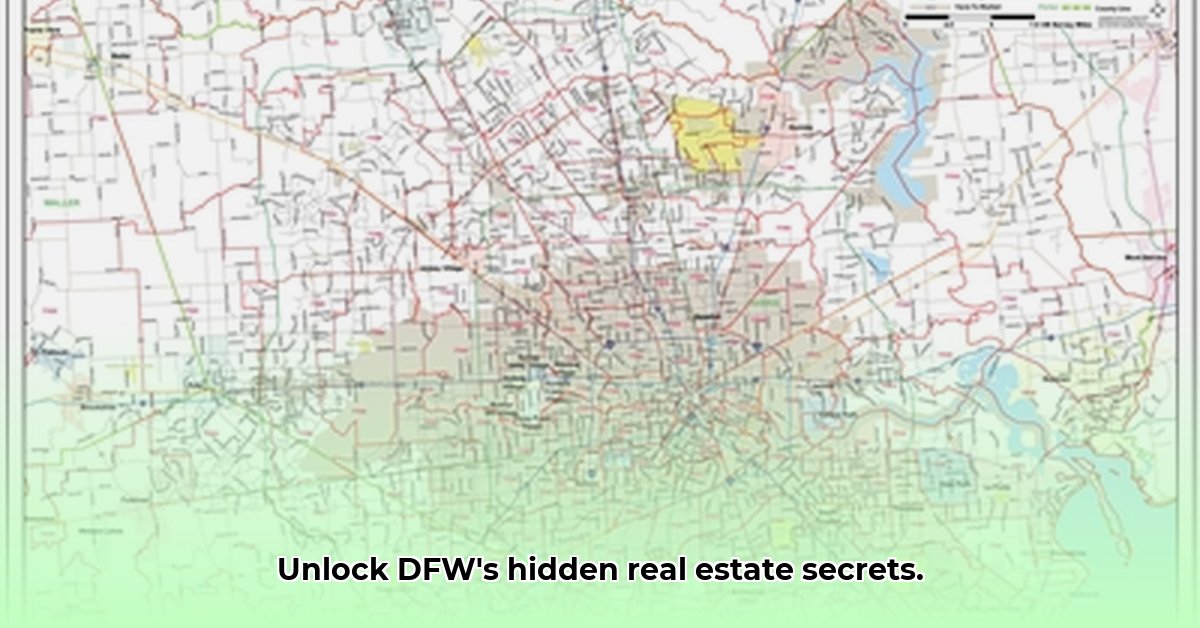
The Dallas-Fort Worth (DFW) metroplex, a sprawling urban area encompassing numerous cities and towns across multiple counties, presents a complex geographical landscape. Understanding this complexity, particularly through the lens of its zip code distribution, is crucial for businesses, government agencies, and real estate developers seeking to navigate and thrive within this dynamic region. This article analyzes the available zip code data, highlights its limitations, and provides actionable insights for key stakeholders.
Geographic Distribution: A Patchwork of Postal Codes
The distribution of zip codes within the DFW metroplex is far from uniform. Dallas and Collin counties exhibit the highest concentration, reflecting their dense populations and robust economies. However, a significant disparity exists across other counties including Tarrant, Denton, and others, creating a complex, geographically uneven distribution. This uneven distribution has significant implications for resource allocation, infrastructure planning, and targeted marketing campaigns. Visualizing this distribution on a map would reveal compelling patterns and inform strategic decision-making. What are the implications of this uneven distribution for emergency services, for example?
Zip Code Types: Standard Addresses vs. PO Boxes
Beyond geographic location, understanding the type of address within each zip code is critical. The DFW region comprises a mix of standard street addresses and Post Office boxes (PO boxes). Residential areas naturally feature a higher concentration of standard addresses, while commercial areas may show a greater prevalence of PO boxes. This distinction significantly impacts logistics and delivery strategies. Businesses, particularly those reliant on efficient delivery networks, must consider this variation in address types when strategizing. Are there specific areas where PO boxes are so prevalent that they require adjustments in distribution strategies?
Data Limitations and Future Research
While existing data offers a foundational understanding of DFW zip code distribution, significant limitations exist. Inconsistent data across sources reveals the need for a comprehensive, unified dataset. Currently, the data lacks the detail necessary for truly granular analysis. Ideally, the current data should be enriched with demographic information, including income levels, age brackets, and household sizes and updated regularly. Integrating such data would provide a far more nuanced understanding of the DFW area’s diverse neighborhoods and communities. How will access to more detailed socio-economic data assist stakeholders in their decision-making process?
Actionable Insights for Stakeholders
More complete and detailed data on DFW zip codes could dramatically benefit various stakeholders. Here’s how:
Businesses (Retail, etc.):
- Short-Term: Focus marketing and delivery strategies on high-density zip codes, particularly in Dallas and Collin Counties. Utilize data to optimize delivery routes, considering high concentrations of PO boxes.
- Long-Term: Conduct granular demographic analysis within specific zip codes to personalize marketing campaigns and optimize product offerings. Implement sophisticated inventory management systems based on location-specific demand patterns.
Government Agencies:
- Short-Term: Enhance resource allocation for schools, emergency services, and other essential services based on current zip code density data.
- Long-Term: Invest in comprehensive data collection to create accurate population models and infrastructure plans for sustained growth. Develop predictive analysis tools to anticipate future needs more effectively.
Real Estate Developers:
- Short-Term: Identify high-growth potential areas based on zip code density and current data.
- Long-Term: Integrate detailed demographic data to project future population growth and develop tailored plans for different housing options and amenities.
Logistics Companies:
- Short-Term: Optimize delivery routes based on zip code density and address type (standard vs. PO box).
- Long-Term: Invest in advanced logistics technologies, such as AI-driven route optimization, and explore innovative delivery methods suited to the characteristics of various zip codes.
The Future of DFW Zip Code Data: A Call to Action
The DFW metroplex is a dynamic area. To ensure responsible and sustainable growth, access to robust, detailed, and regularly updated zip code data is paramount. By enriching existing data with demographic information and fostering collaboration between data providers, we can empower stakeholders to make data-driven decisions that promote efficiency, economic opportunity, and improved quality of life for the entire region. The call to action must always be for a more comprehensive and detailed data analysis pipeline.